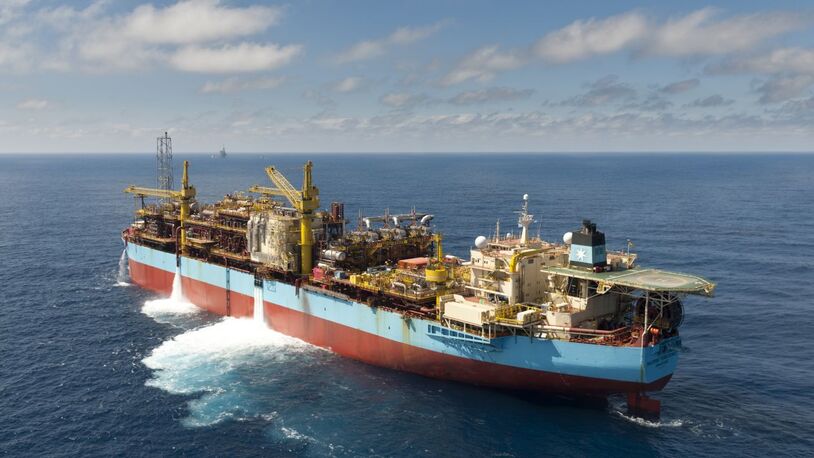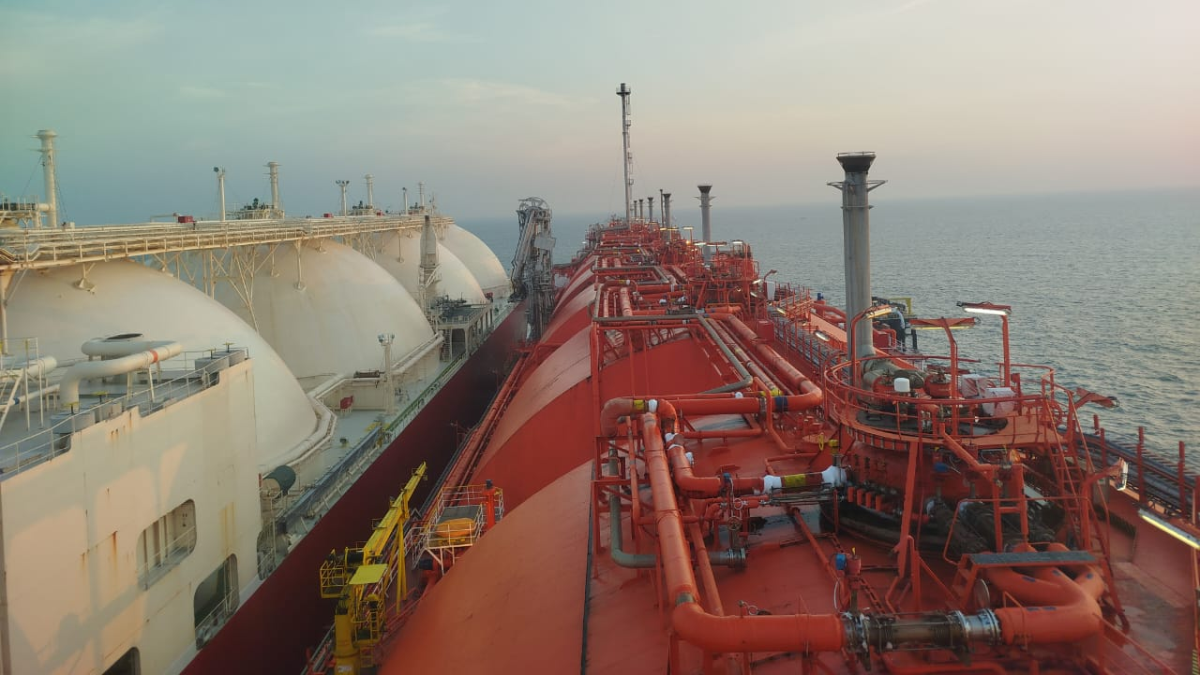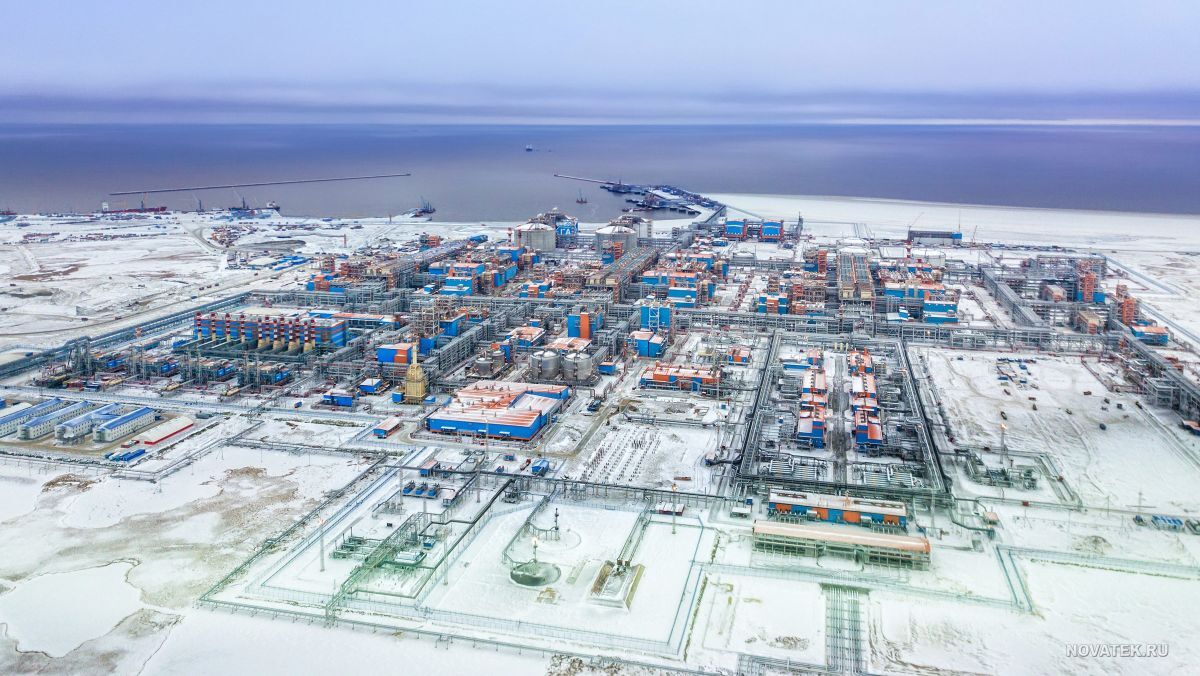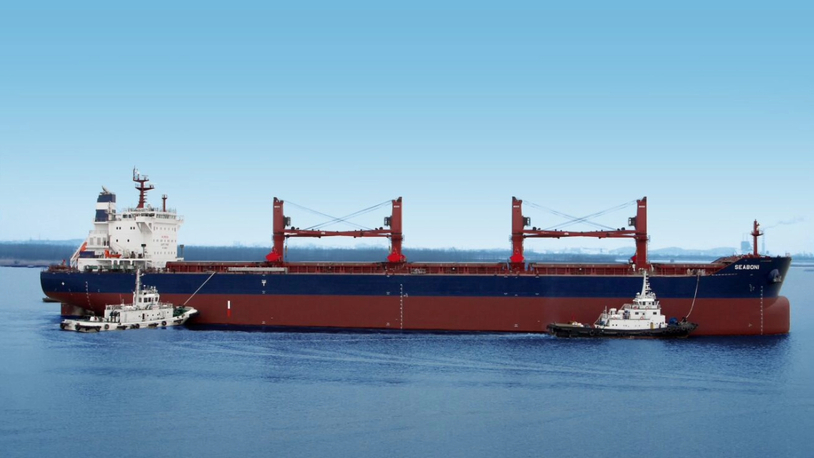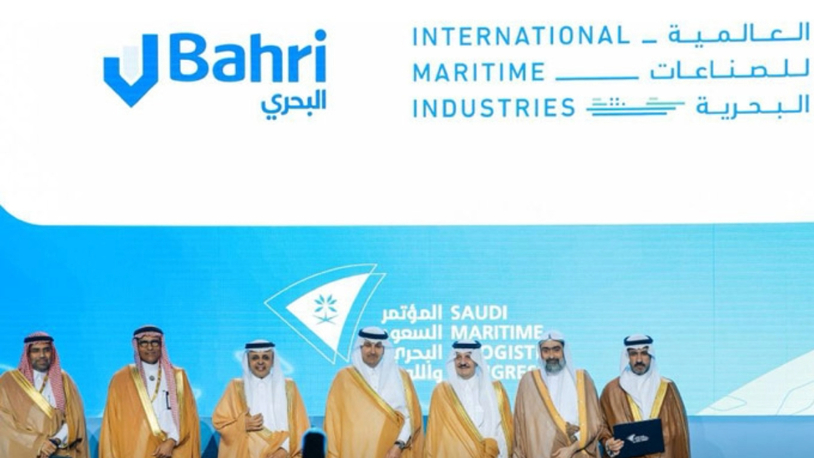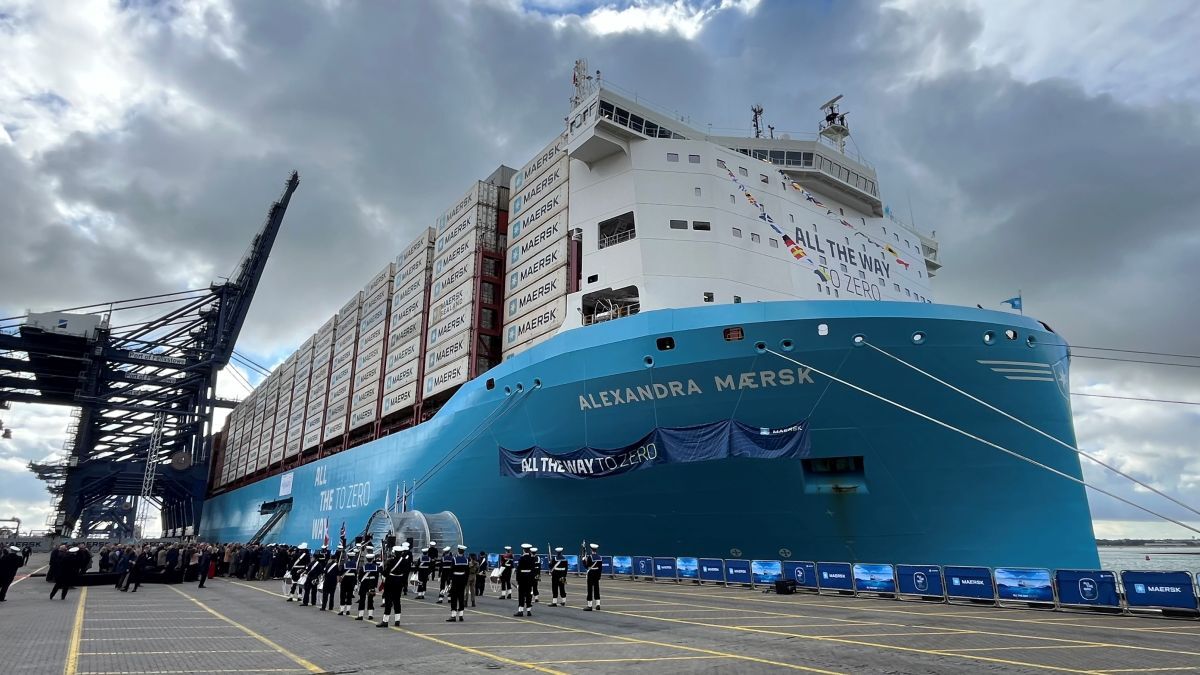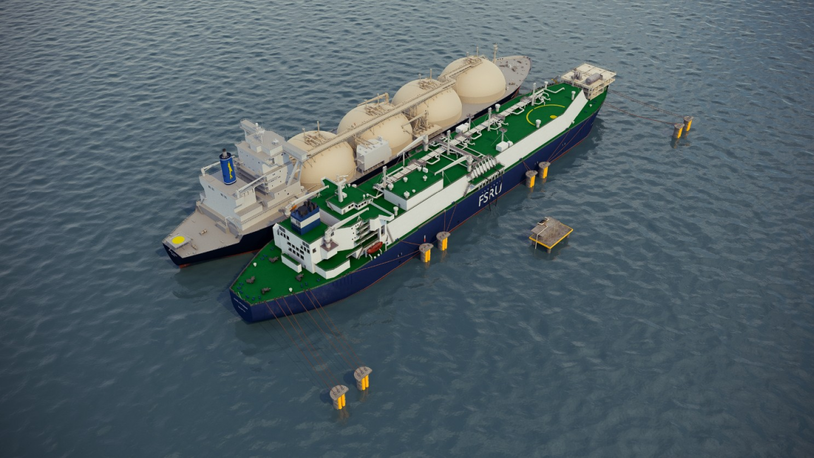Business Sectors
Events
Contents
Register to read more articles.
Reviewing maritime security in the Red Sea amidst Gaza ceasefire
Reed Smith partner Jeb Clulow looks at the legacy of Houthi attacks on commercial vessels and how a Gaza ceasefire could impact shipping trade routes and global supply chains
A Gaza ceasefire deal that has been tabled by negotiators could soon bring respite to those affected by the Israeli-Hamas conflict. It may also change dynamics in the Red Sea region after a year of Houthi attacks on commercial shipping targets and vessels rerouting around the Cape of Good Hope in response has fundamentally altered global supply chain logistics.
The Houthis have explicitly linked their campaign to the Gaza conflict, stating that attacks will continue until peace is achieved. Now that it appears that a ceasefire, albeit temporary, has been achieved, one would expect the Houthis to halt their attacks. Whether vessels immediately return to Suez Canal transits remains unclear, especially where reports describe the ceasefire as tenuous and where the Houthis are not a direct party to it.
In response to the announcement of the ceasefire, a spokesperson for the Houthis stated, “With its continued occupation of Palestine, [Israel] represents a threat to the security and stability of the region”.
Shipping’s position should become clearer over coming days. Reports are that the Houthis will likely be halting their attacks in light of the ceasefire. But their continued objection to the Israeli occupation of Palestine means there remains significant potential for attacks to recommence.
Between October 2023 and December 2024, the Houthis carried out 136 attacks on vessels in the Red Sea, disrupting global trade routes, particularly through the Suez Canal. This vital passage, which carries approximately 15% of the world’s maritime trade, has seen traffic plummet due to the heightened risk of attack.
Deterrence: piracy vs politics
Piracy has historically thrived in narrow waterways where geography and economic conditions create opportunities for pirates. The Red Sea and the Gulf of Aden are prime examples, as demonstrated during the surge of Somali piracy in the early 2000s. However, counter-piracy measures such as armed guards, convoys and vessel ‘hardening’ have proven effective deterrents. Because piracy is fundamentally motivated by economic gain, such strategies raise the cost of attacks and therefore reduce their prevalence.
The challenges posed by Houthi forces in the same region over the past year and more are of a different nature. While Houthi attackers exploit the same strategic geography as Somali pirates, Houthi aims are political rather than financial.
Unlike pirates who seek ransom, the Houthis prioritise destruction as a means of delivering a political message, making their actions harder to counter.
The Houthis have intensified their use of low-cost but highly destructive methods, including drones and rockets, to attack vessels in the Red Sea. These weapons, launched from Yemen’s coastline, are relatively inexpensive to obtain yet very costly to intercept, particularly given the relatively close range that is involved.
In the Houthi attack on tanker Sounion, explosives were detonated across the vessel’s deck. We note here that the Houthis permitted the vessel to be salved later without attacking the salvors. According to reports, the salvage was sanctioned and funded by neighboring states no doubt concerned about the risk of very serious pollution.
The economic impact of politically motivated attacks on shipping
Charterparty clauses, such as CONWARTIME and VOYWAR, generally shield vessel owners from being forced to transit high-risk zones like the Red Sea. As a result, many operators have rerouted, causing significant delays and increased costs, particularly for European cargo interests and supply chains.
In November 2023, 2,068 vessels transited the Suez Canal; by September 2024, that number had fallen to just 868 – a decline of 57% in vessel numbers and a staggering 70% in deadweight tonnage. Vessels with ties, either actual or perceived, to the US, UK or Israel have been disproportionately targeted, leading many operators to divert ships around the Cape of Good Hope.
Larger ships, such as very large container ships (VLCS) and ultra-large container ships (ULCS), have been particularly affected. Over the same period mentioned above, weekly VLCS traffic through the canal fell from 53 vessels to just 2, while ULCS traffic dropped to zero. Meanwhile, container shipping traffic around the Cape of Good Hope surged, with VLCS transits increasing from 14 to 82 vessels per week and ULCS transits rising from zero to 21 over the same period.
Smaller vessels or vessels with lower free board are also moving around the Cape of Good Hope in greater numbers than would historically be the case. The Cape of Good Hope is notorious for its strong winter storms and abnormal swells, and it remains to be seen if this creates additional risks for vessel casualties. In addition, South Africa is well known for being a favourable arrest jurisdiction with its associated ship arrest regime. The influx of additional vessels, which previously might not have traded via South Africa, may create opportunities for unsatisfied maritime claimants. Increased bunkering in South Africa might also lead to additional port congestion and create delay.
While rerouteing around the Cape of Good Hope has correlated with a 73% decrease in Houthi attacks on shipping over the second half of 2024, the large-scale alteration of maritime trade routes has also had a number of undesirable side effects. Vessels deviating around the Cape have emitted an estimated 41M tonnes of additional CO2 in doing so – the equivalent of the annual emissions of 9M cars or flying a Boeing 737, fully laden with 162 passengers, from London to Dubai 262,000 times.
Other negative effects include delays, particularly affecting European consumers, with some journeys taking around an extra two weeks. Consumers are also seeing higher prices – the diversions are adding costs of around US$950,000 per voyage and consumers are bearing the brunt as these costs are passed on via container freight surcharges.
For vessels that have continued to navigate the Red Sea, many have resorted to ‘going dark’ by switching off Automatic Identification System (AIS) transponders to reduce their visibility to attackers. While AIS is mandatory for vessels over 300 gt, exceptions exist where its use could endanger the ship. Reports from the EU naval mission Aspides indicate that disabling AIS reduces the accuracy of missile strikes: attacks with AIS active had a 75% success rate, whereas 96% of strikes missed when AIS was turned off. However, this tactic also complicates naval forces’ ability to provide effective protection and increases general navigation risk.
The economic effects of these disruptions are uneven across the region. Egypt is losing significant revenue from reduced canal traffic, while South Africa has benefited temporarily from increased vessel visits. However, this influx of ships has also brought challenges, such as port congestion and additional risks associated with the Cape’s hazardous waters.
The agreement of an Israel-Hamas ceasefire would be a hugely positive development, but risks will persist should that ceasefire not hold. And, following the Houthi’s politically motivated attacks on civilian-operated commercial maritime vessels, it is now clear that the risks associated with transiting narrow bodies of water, such as the Red Sea and Gulf of Aden, will be forever altered by the prevalence of relatively inexpensive explosive drones and rockets, which non-state actors are capable of deploying to disrupt maritime commerce.
Related to this Story
Events
Offshore Support Journal Conference, Americas 2025
LNG Shipping & Terminals Conference 2025
Vessel Optimisation Webinar Week
© 2024 Riviera Maritime Media Ltd.



